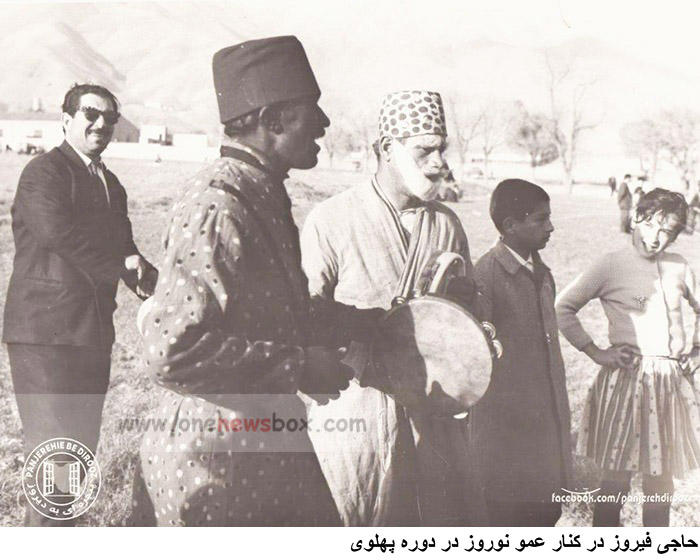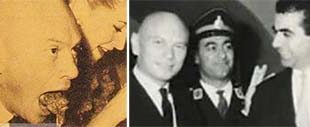Haji Firuz remains a cherished figure in Iranian culture, symbolizing joy, renewal, and the arrival of the Persian New Year. His origins trace back to ancient fertility myths and agricultural traditions, linking him to resurrection and the cycles of nature. While recent controversies have sparked discussions about his portrayal, many scholars and cultural figures continue to defend his place in Nowruz celebrations. As Iranian society evolves, so too may the representation of Haji Firuz, ensuring that this beloved character remains relevant and respectful to all.
Regardless of the debates, Haji Firuz continues to bring joy to millions each year, marking the renewal of life and the festive spirit of Nowruz with his songs, dances, and celebratory presence in the streets of Iran.
Nowruz: The Ancient Festival of Renewal and Rebirth
Nowruz, the first day of the solar year, corresponding to Farvardin 1 in the Persian calendar, marks the beginning of the New Year and stands as one of the oldest celebrations originating from the ancient Iranian era. Nowruz, meaning “new day,” has its roots in ancient Iran but is widely celebrated across large parts of Asia and beyond. This festival coincides with the vernal equinox, symbolizing the arrival of spring and the renewal of nature. Officially recognized as “International Nowruz Day,” it has been registered by UNESCO as a world cultural and spiritual heritage of humanity.
The Symbolism and Cultural Significance of Nowruz
Nowruz is more than just a New Year’s celebration; it serves as a unifying symbol among Iranian individuals and various ethnic groups. The festival represents the rejuvenation of nature, symbolizing rebirth and new beginnings. Iranians regard Nowruz as a time to start fresh, both spiritually and physically, often dressing in new clothes to mark the occasion. The festival is also significant in Zoroastrianism and the Baha’i faith, where it is observed as a religious holiday.
Timing and Calculation of Nowruz
Nowruz is determined by the precise moment of the vernal equinox when the sun crosses the Earth’s equator into the sign of Aries, making day and night equal in length. This moment marks the beginning of the first month, Farvardin, in the solar Hijri calendar. If the equinox occurs before noon, that day is observed as Nowruz; if it occurs after noon, the following day is celebrated instead.

